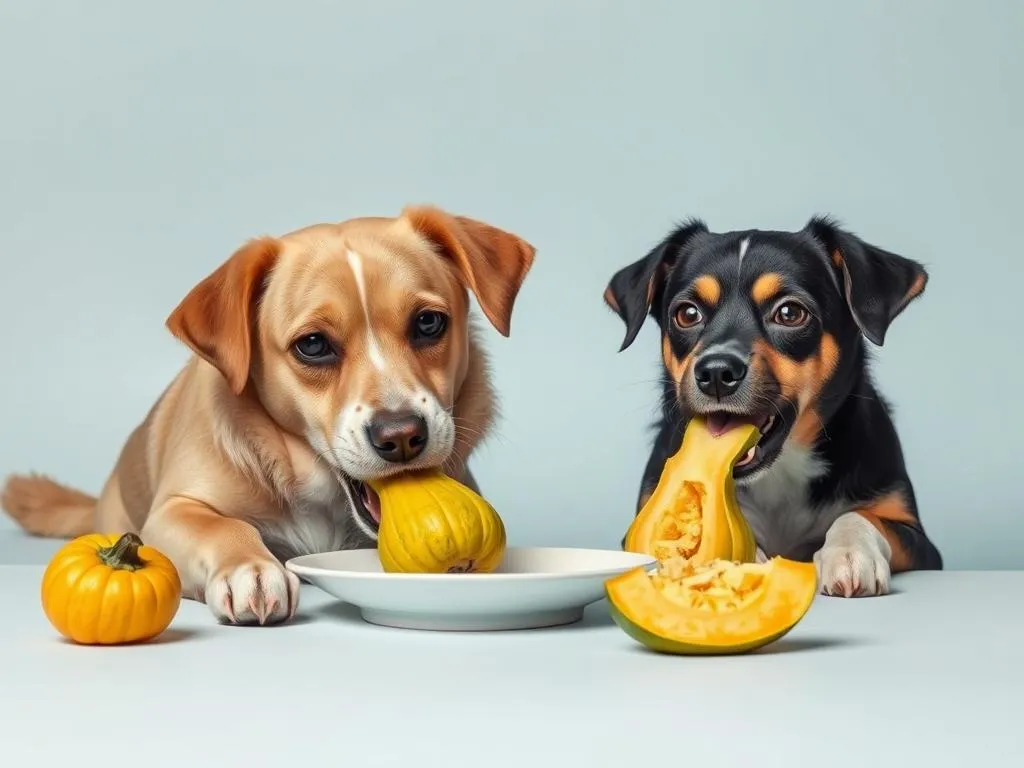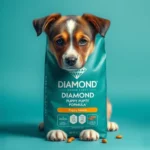
Introduction
Proper nutrition is essential for the health and well-being of our canine companions. A balanced diet not only supports growth and development but also helps maintain a healthy weight and reduces the risk of various health issues. As pet owners, it’s crucial to understand what foods are safe and beneficial for our dogs. One such food that often piques curiosity is squash. This article delves into the question: can dogs eat squash? We will explore the benefits, safety, and potential risks of incorporating squash into your dog’s diet.
Understanding Dog Nutrition
Basic Nutritional Needs of Dogs
Dogs require a well-rounded diet to thrive. The essential nutrients they need include:
- Proteins: Crucial for growth, maintenance, and repair of body tissues.
- Fats: Provide energy and support cell function while also aiding in the absorption of certain vitamins.
- Carbohydrates: Offer energy and help with digestive health when derived from quality sources.
- Vitamins and Minerals: Play vital roles in numerous bodily functions, from immune support to bone health.
A balanced diet tailored to your dog’s specific needs is key to ensuring their overall health.
Common Human Foods Safe for Dogs
Many human foods are safe and can even be beneficial for dogs. Here are a few examples:
- Carrots: Great for dental health and rich in vitamins.
- Green Beans: Low in calories and high in fiber.
- Sweet Potatoes: Packed with vitamins and a good source of dietary fiber.
Incorporating safe human foods into your dog’s diet can provide variety and additional nutrients that may be lacking in commercial dog food.
Overview of Squash
Types of Squash
Squash comes in various forms, each with its own unique flavor and nutritional profile. Common types of squash include:
- Zucchini: Low in calories and high in water content, making it a hydrating option.
- Butternut Squash: Rich in vitamins A and C, this variety is a favorite among dog owners.
- Acorn Squash: Contains fiber and potassium, which can be beneficial for dogs.
Here’s a quick nutritional breakdown of these squash types per 100 grams:
| Type | Calories | Fiber (g) | Vitamin A (%DV) | Vitamin C (%DV) |
|---|---|---|---|---|
| Zucchini | 17 | 1.1 | 2% | 14% |
| Butternut | 45 | 2.0 | 106% | 31% |
| Acorn | 56 | 1.5 | 12% | 28% |
Health Benefits of Squash for Dogs
Squash offers several health benefits for dogs:
- Vitamins and Minerals: Squash is rich in vitamins A and C, which support the immune system and promote healthy skin and coat.
- Fiber: The high fiber content in squash aids in digestion, helping to prevent constipation and promoting a healthy gut.
- Low in Calories: Squash is a low-calorie food, making it a great option for dogs that need to maintain a healthy weight.
Can Dogs Eat Squash?
Safety of Feeding Squash to Dogs
The short answer is yes, dogs can eat squash. However, it’s important to be aware of any potential allergies or sensitivities your dog may have. While squash is not a common allergen, some dogs can have adverse reactions to new foods.
When introducing squash to your dog’s diet, it is recommended to cook it. Cooking methods like steaming or boiling can help break down the fibers, making it easier for your dog to digest. Avoid adding butter, salt, or spices, as these can be harmful to dogs.
Serving Suggestions and Portion Control
When introducing squash, start with small portions to see how your dog reacts. It’s important to monitor for any signs of discomfort or digestive upset. Recommended serving sizes can vary based on your dog’s size:
- Small Dogs: 1-2 tablespoons of cooked squash.
- Medium Dogs: 2-4 tablespoons.
- Large Dogs: ½ cup of cooked squash.
Adjust the portions based on your dog’s overall diet and nutritional needs.
Potential Risks of Feeding Squash to Dogs
Toxicity Concerns
While the majority of squash varieties are safe for dogs, it’s essential to distinguish between safe and unsafe types. For example, winter squash (like butternut and acorn) is safe, while certain ornamental squashes (like those used for decoration) may be harmful. Always ensure that you’re offering your dog safe, edible varieties.
Digestive Issues
Introducing new foods too quickly can lead to digestive upset. Signs of digestive distress in dogs include:
- Vomiting
- Diarrhea
- Lethargy
- Loss of appetite
If you notice any of these symptoms after feeding squash, cease offering it and consult your veterinarian.
Alternative Vegetables for Dogs
Other Nutrient-Rich Vegetables
If you’re looking for more vegetables to include in your dog’s diet, consider these dog-friendly options:
- Carrots: Crunchy and sweet, they provide beta-carotene and are great for dental health.
- Green Beans: A low-calorie treat that is high in fiber and can help with weight management.
- Sweet Potatoes: Packed with vitamins and minerals, they are also a great source of energy.
These vegetables can be a great complement to squash, offering a range of nutrients for your dog.
Incorporating Vegetables into a Dog’s Diet
Mixing vegetables into your dog’s food can enhance their diet. Here are some tips for doing so:
- Chop or puree: Ensure vegetables are in manageable sizes or blended for easier digestion.
- Cook lightly: Steaming can help maintain nutrients while making vegetables easier to digest.
- Mix with regular food: Adding vegetables to your dog’s regular meals can provide variety and enhance flavor.
Variety is key to a balanced diet, so don’t hesitate to experiment with different vegetables over time.
Conclusion
In summary, squash can be a nutritious and safe addition to your dog’s diet when prepared properly. It provides essential vitamins and minerals, as well as beneficial fiber for digestive health. As with any new food, it’s important to introduce squash gradually and monitor your dog for any adverse reactions. Always consult with your veterinarian for personalized dietary advice tailored to your dog’s specific health needs. A balanced diet is vital for your dog’s overall health and happiness, making it essential to explore safe, nutritious options like squash and beyond.
FAQs
Can all dogs eat squash?
Yes, most dogs can eat squash, but it’s always best to introduce it gradually and watch for any signs of allergies or digestive issues.
What is the best way to prepare squash for dogs?
The best preparation methods for squash include steaming or boiling without added salt, butter, or spices.
How often can I feed my dog squash?
Squash can be given as an occasional treat or mixed into your dog’s regular meals, but moderation is key.
Are there any other foods to avoid when feeding squash to dogs?
Avoid feeding your dog any ornamental squashes or those that are not meant for consumption. Always check for any potential allergens in other foods you might mix with squash.









